Welcome to my final baking learning project! Throughout this project. I delved deep into the science and art of baking, covering key methods, components, and recipes that helped lay a solid foundation. I looked at the fundamentals of baking, including how ingredients work, how crucial precise measures are, and how the chemistry of baking reactions works. I was able to successfully manage various doughs, and batters, after becoming proficient in fundamental procedures like creaming, folding, and kneading. I had the chance to try a variety of baked delicious foods, including cookies, cakes, and pancakes. Along the way, I developed my problem-solving abilities, discovered how to solve typical baking problems, and fell in love with the satisfaction of giving each item a special touch. This initiative has sparked my interest in baking and given me the knowledge and abilities to become a skilled baker. Each session offered detailed directions, advice, and tweaks for making delicious goodies. I gained troubleshooting abilities, learned how to solve typical baking problems, and fell in love with the satisfaction of giving each item a special touch along the road. My love for baking has been sparked by this initiative, which has also given me the knowledge and abilities to become a skilled baker. So let’s take a look back at this fun baking adventure I had, cherishing the memories I made and the delectable cookies I made with love and dedication.
I found Instagram, Pinterest, and YouTube to be incredibly helpful resources during my culinary endeavors of cooking pancakes, cakes, cupcakes, and cookies. Instagram gave me access to a visually stimulating platform that let me discover different tasty recipes, inventive displays, and cutting-edge flavor combinations. I was inspired to experiment with different pancake shapes, cake decorations, and cookie flavors by the colorful food photographs and videos on Instagram.
I also started gathering and organizing a tonne of recipes, advice, and recommendations on Pinterest. For the purpose of saving and reviewing recipes, I made boards for cookies, cakes, pancakes, and cupcakes. I was able to alter my creations and give each dish a unique flair by using the wide variety of concepts and methods I found on Pinterest.
With its comprehensive step-by-step instructions, YouTube has proven to be a valuable educational resource. I was able to improve my understanding and culinary abilities in the kitchen thanks to the extensive visual instructions on YouTube, which covered everything from perfecting pancake flipping techniques to complex cake decorating techniques. When watching the instructional films, I found it especially helpful to be able to pause, rewind, and replay them to make sure I was following each step correctly.
The first week, I baked cupcakes without eggs. It was a fun and worthwhile experience. I carefully measured and combined the ingredients in accordance with a straightforward cupcake recipe to get a nice batter. The most thrilling aspect was giving each cupcake a unique touch by decorating it with strawberries and blueberries. I encountered various challenges. It was difficult to get the batter to the appropriate consistency because the texture would change whether it was over or under-mixed. It was challenging to measure the materials precisely because the proper quantities depended on it. I discovered the value of accuracy, repetition, and patience in baking, which helped me to develop my abilities and my understanding of the craft.

Making an eggless cake was one of the great moments of the second learning project. Exploring different components and methods to make a wonderful cake without eggs was an interesting and rewarding experience. I carefully replaced eggs with components like yogurt, applesauce, or flaxseed meal to offer moisture and structure, adhering to a specific eggless cake recipe. But Getting the ideal texture was one challenge I faced. Due to overmixing or overbaking, my cakes occasionally came out dense or dry. However, I was able to overcome this difficulty by persevering and learning from my mistakes.
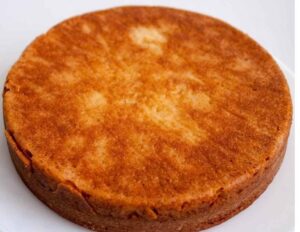
I decided to take on the challenge of baking eggless cookies during the third week of the project. I experimented with different ingredients and baking methods to replace eggs, which was an exciting and creative baking experience. Finding the ideal ratio of moisture to the structure without using eggs was one of my challenges, which is why I was unable to give the cookies the necessary shape. This experiment helped me increase the variety of baked goods I can make and inspired me to try more eggless recipes in the future.

I made the decision to take on the challenge of cooking eggless pancakes for my fourth-week project. It was fun and creative to experiment with different ingredients and methods to make fluffy, delicious pancakes without using eggs. Making eggless pancakes was the start of a delicious and inventive culinary journey. I carefully gathered my components and made the batter according to a specific eggless pancake recipe. I produced a smooth consistency by combining the dry and wet ingredients. I watched the pancakes with excitement as they began to bubble, then gently turned them over to reveal a golden-brown color.
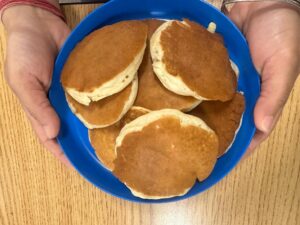
I’m glad I decided to make baking my major learning project. I think this was an excellent opportunity for me to investigate something I’ve always thought about trying. I enjoyed the opportunity to challenge myself to try something new that was still connected to my passion for baking. I gained a lot of knowledge, including how to make pancakes, cookies, and cakes. I’m hoping to find the time to keep improving various baking skills.
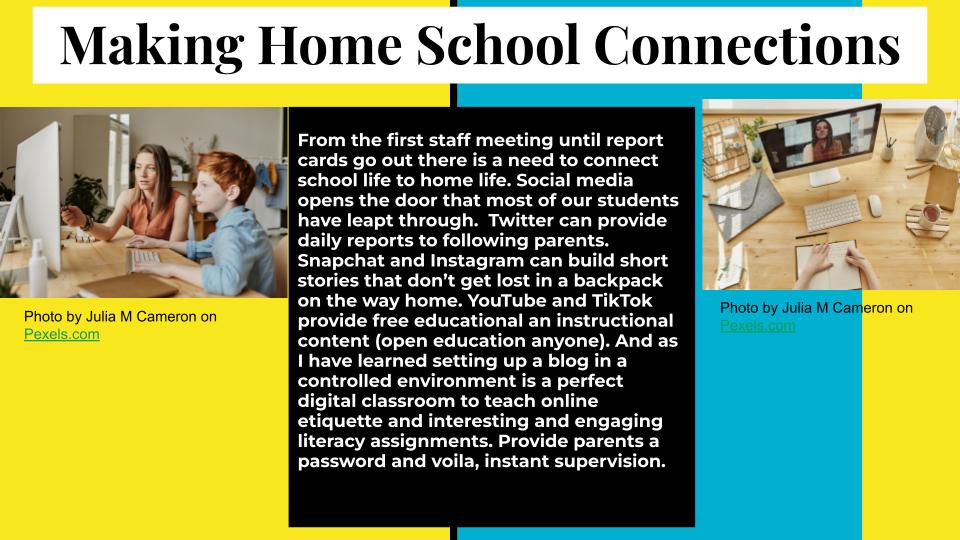
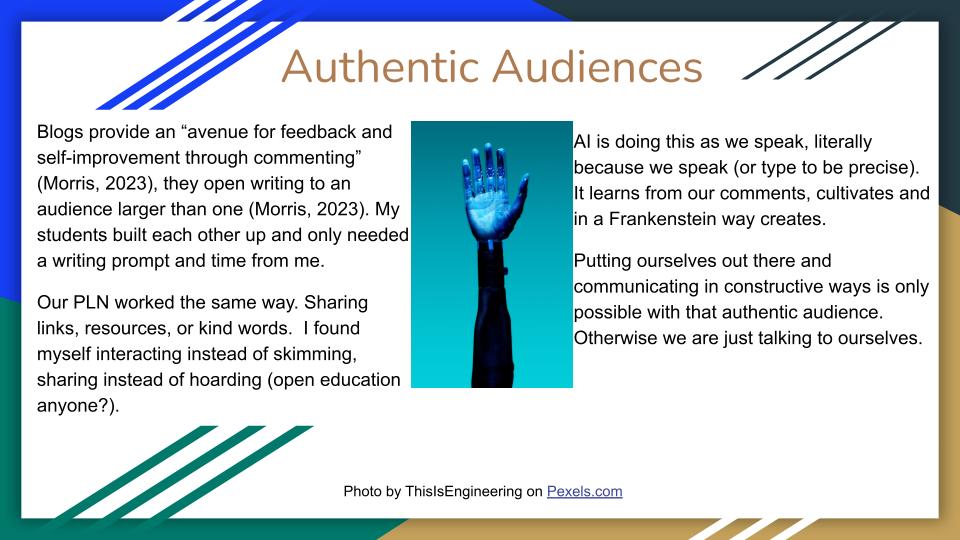
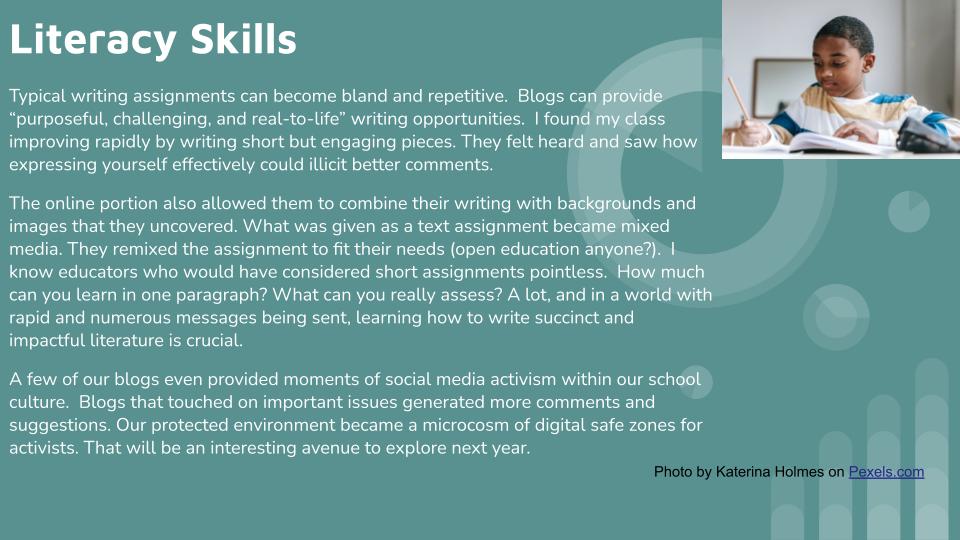
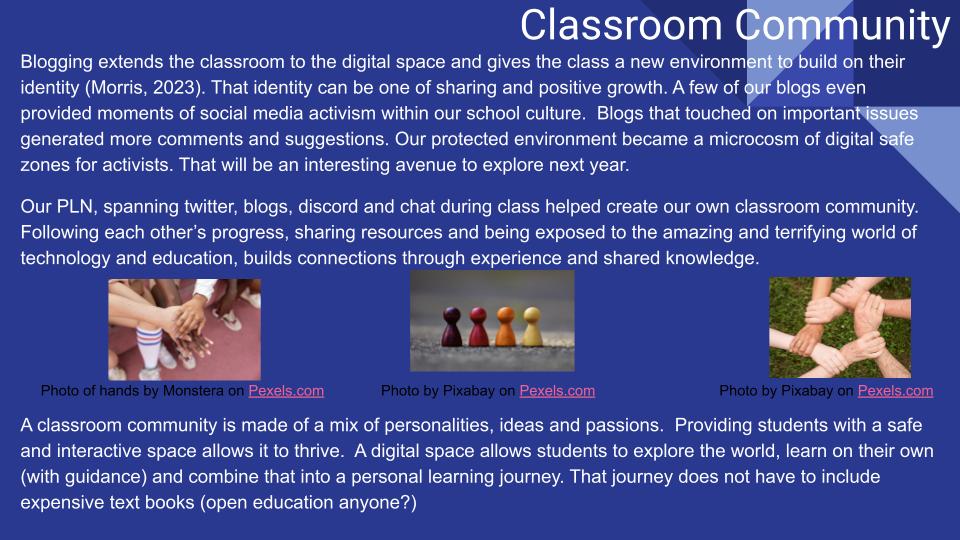
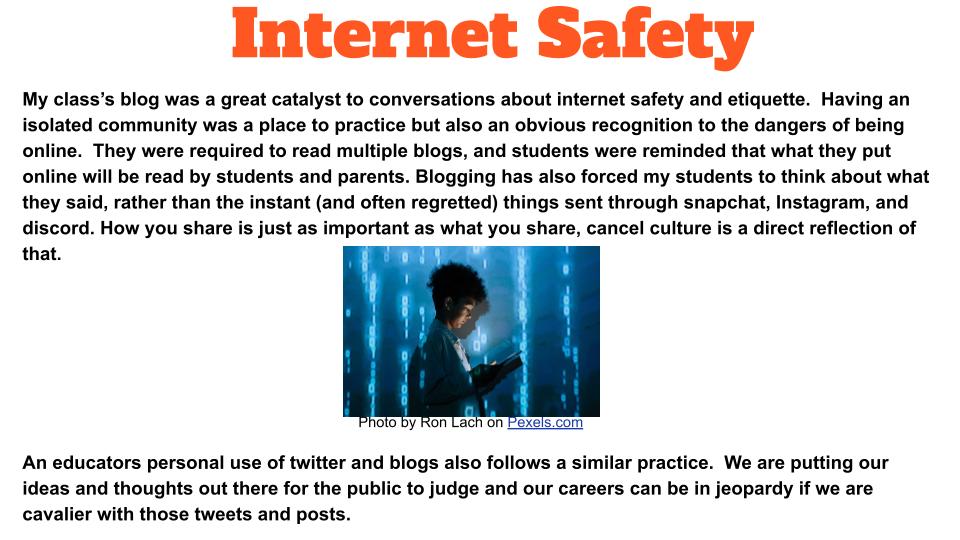
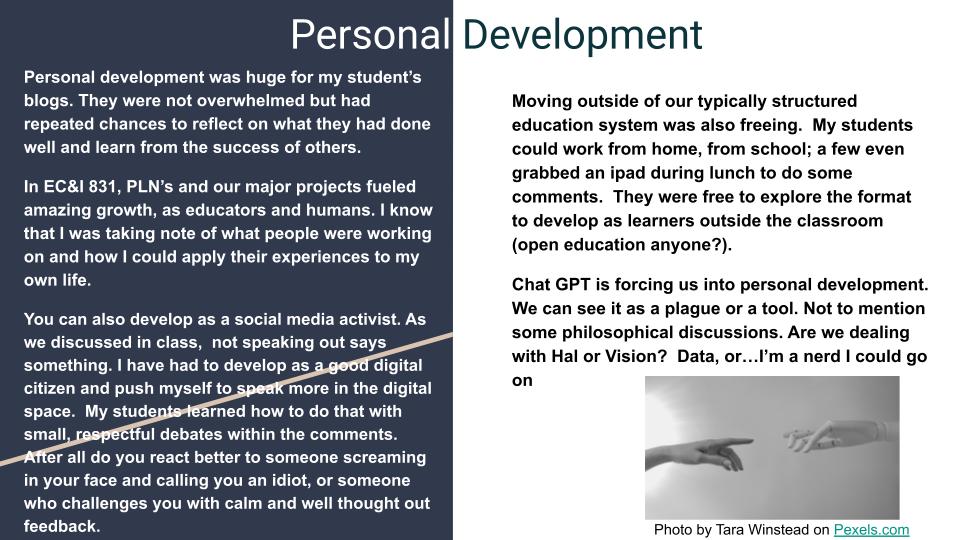
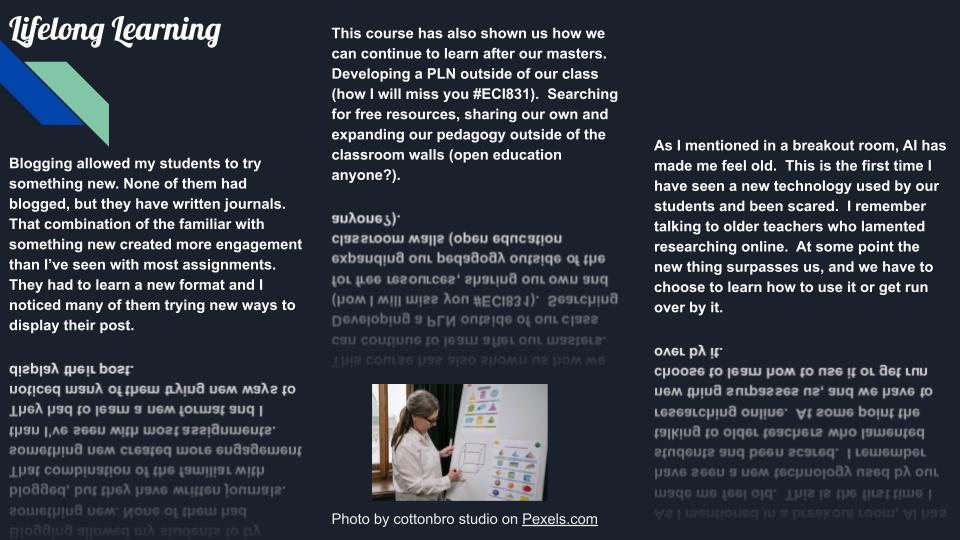
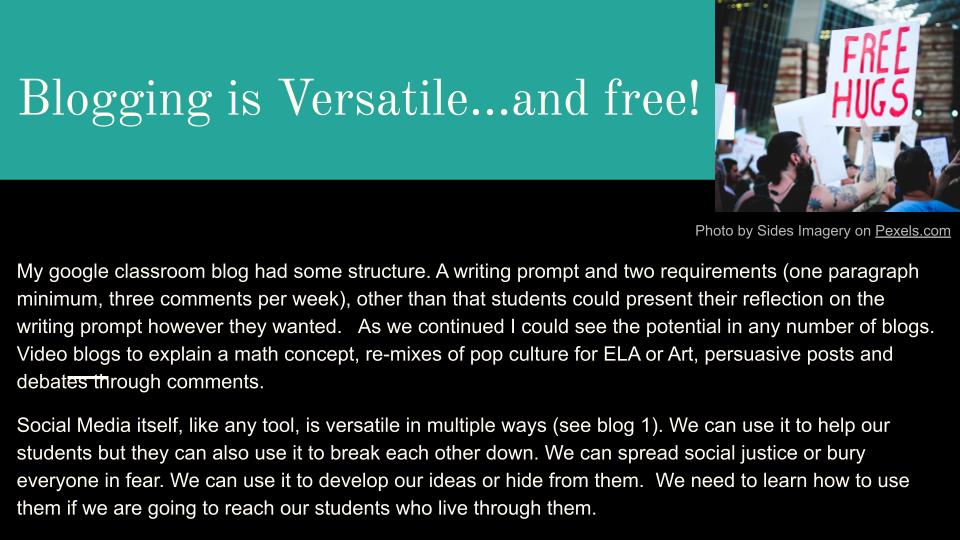


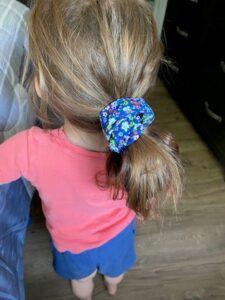





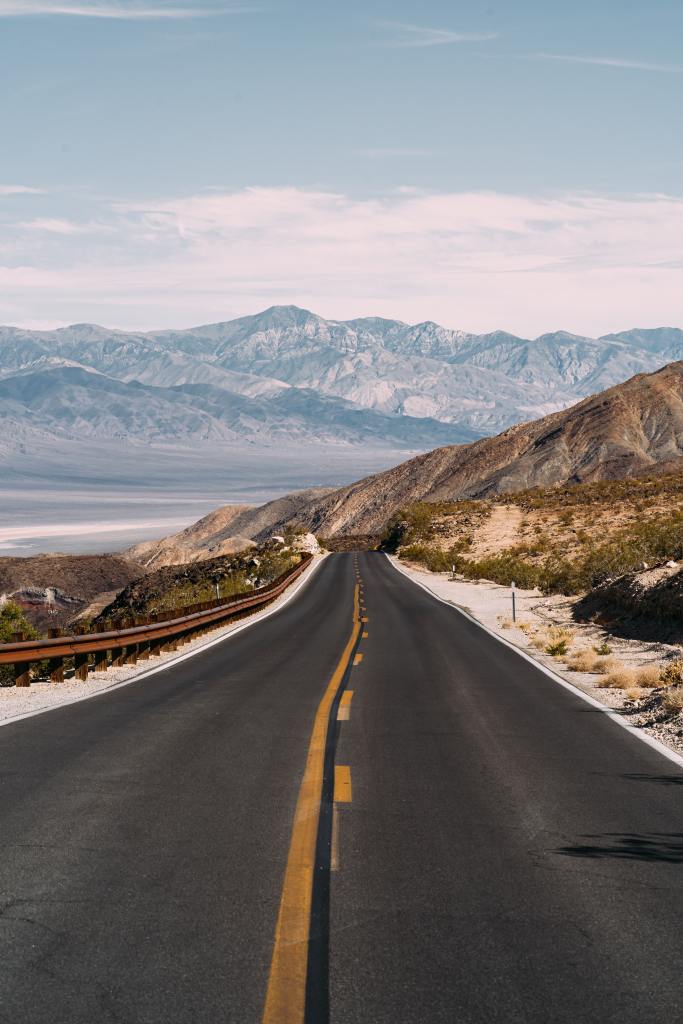
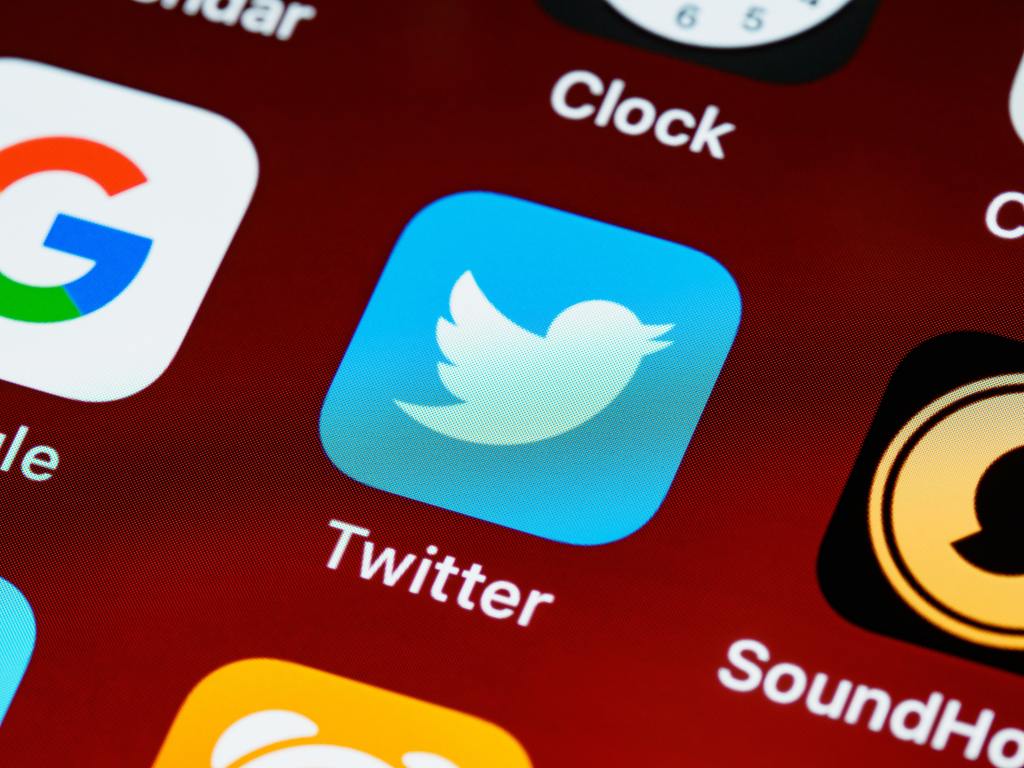
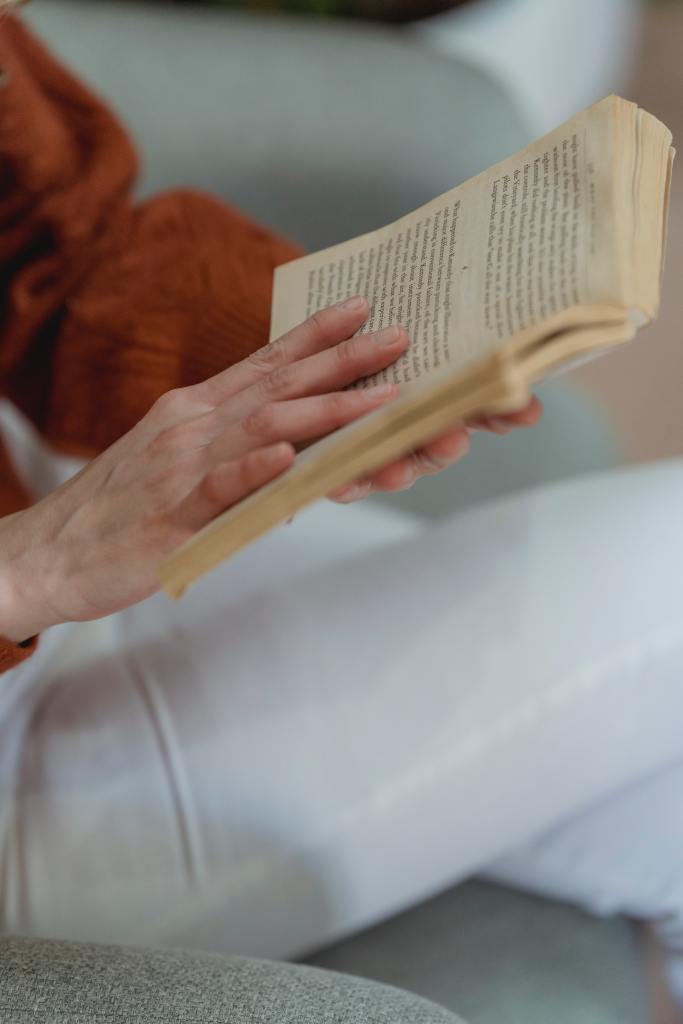
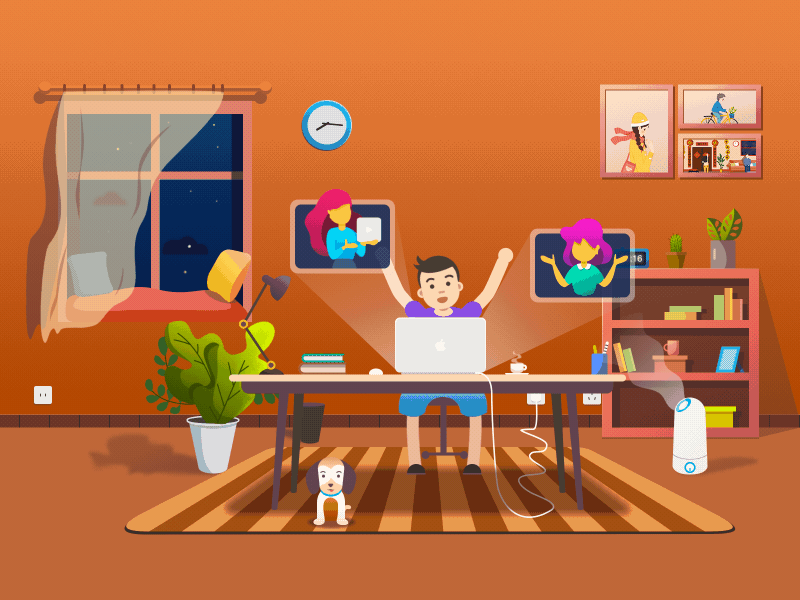
Leave a Reply